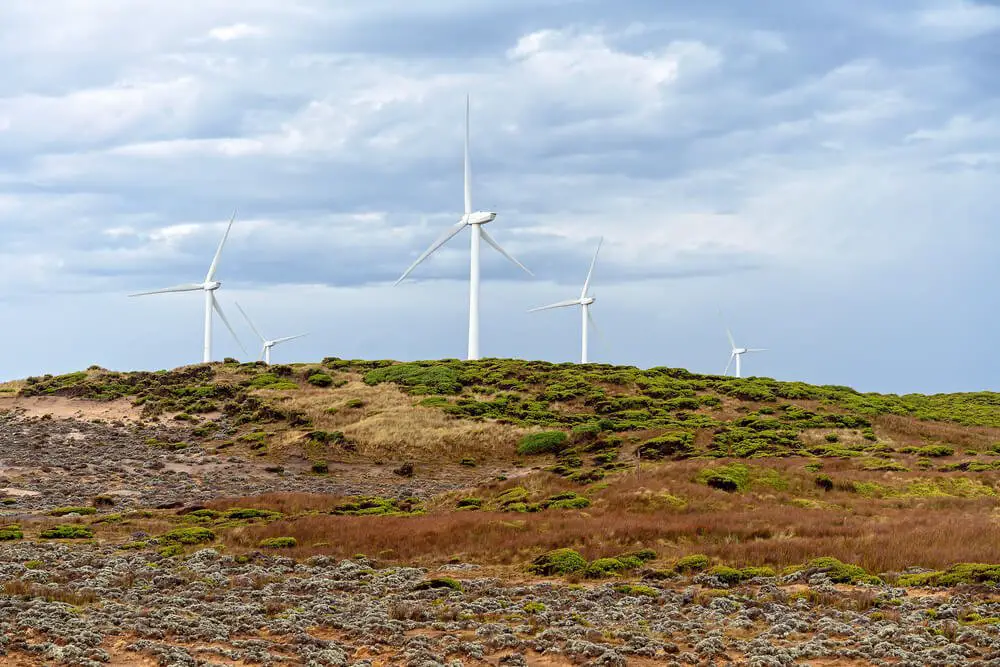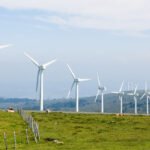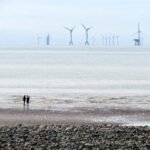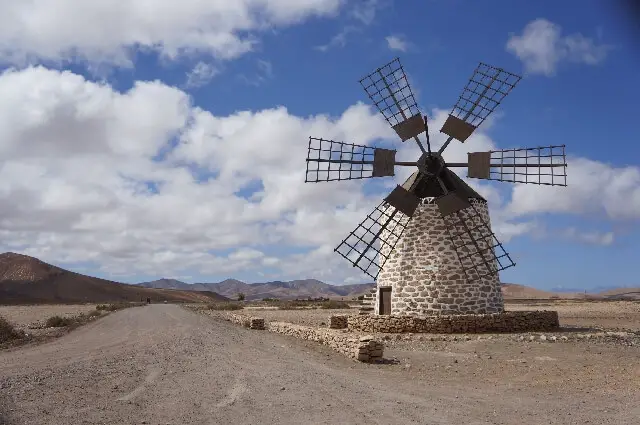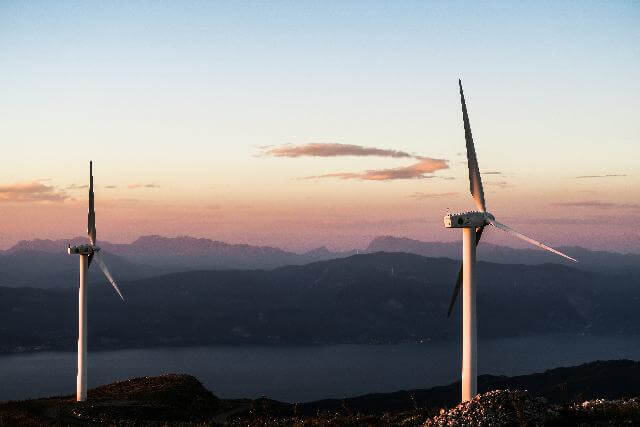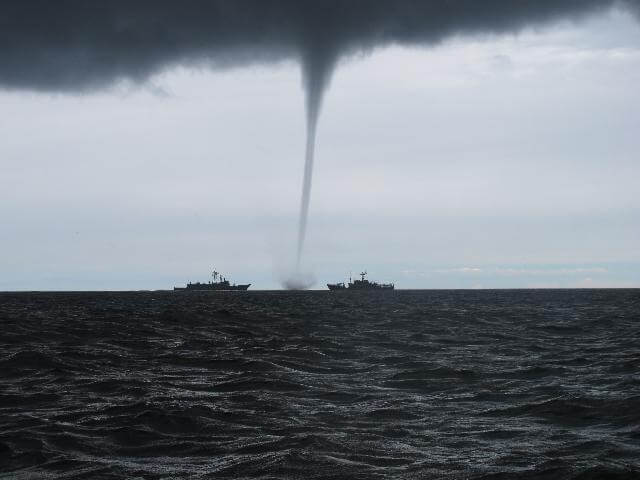The human relationship with rain is complex and long-standing.
Without steady rainfall, agriculture is nigh on impossible.
Too much rainfall, though, and the impacts on human dwellings and livelihoods are equally devastating.
Rain dances, rituals, and prayers have been practiced throughout history, asking higher powers and deities to bring the rain in or stop it from falling.
Given the historical obsession and current climate challenges, it is easy to see the appeal of a green energy solution that doubles as a rainfall management system.
Let’s send rainfall where it’s needed, and keep rainfall away from where it’s not.
Researchers have taken significant steps to understand this question and come to a reasonable conclusion.
Do wind turbines affect the weather
The Studies:
The first study we will take a look at was conducted in 2014 by a group of researchers, including one very smart woman named Christine Archer, a professor in the University of Delaware’s College of Earth, Ocean and Environment (CEOE)
Using weather forecasting and computer models, Archer and her team concluded that a massive 78 000 turbines could have an impact in reducing coastal storm surges by as much as 79%!
Archer’s research didn’t stop there, though.
In 2017 Christina Archer conducted a second study:
For this study, Archer again used weather forecasting and computer models.
This time, see what might have happened during the devastating Hurricane Harvey if wind turbines had been placed offshore in its path.
Archer’s research came to some fascinating conclusions a second time around.
Her models showed that, theoretically, there is a substantial impact on the distribution of accumulated rainfall downstream of the wind farms, with an increase in rainfall upstream or at least close to the wind farms themselves.
Superb work, Christina Archer!
What is causing this fantastic disturbance?
It’s all about divergence and speed!
Horizontal wind divergence and vertical wind speed, to be exact.
In Archer’s models, we see that two things happen when wind and rain are moving from the ocean towards the shore and meets a wind farm.
First off, the horizontal wind divergence is negative upstream of the turbines (because the wind is slowing down as it reaches the turbines) and positive downstream of them (as the wind recovers from the disturbance made by the turbines)
Secondly, vertical wind speed is positive upstream from the wind farms (and because of this upward wind, we see more rain forming) and negative downstream from them, drawing wind down instead of up and decreasing rainfall.
In these studies, Archer and her colleagues also present distribution models for the Wind Farms themselves, allowing for the most significant positive impacts with as few turbines as possible.
Because let’s be fair, 78 000 wind turbines in one farm are a little unfeasible.
Later studies, conducted in 2020 by Nicolas Al Fahel, a doctoral-level student in Energy and Environmental Policy (ENEP), and our adviser, Cristina Archer, showed similar results.
Using two Wind Farms off the coast of the UK, these clever scientists looked at meteorological stations downstream of the wind turbines and meteorological stations close by but out of the direct wind line.
What did they find?
Meaning that, at the sites chosen with wind farms upstream, there was a change in the rainfall.
They also noticed a sweet spot. 10km downstream of the wind farm appears to be the space where the “divergence zone” appears, and the most noticeable effects are felt.
This is a very important piece of information.
It allows developers and researchers to better place wind farms, further out to sea to protect areas that need rain, and closer to shore to hinder the effects of dangerous weather patterns.
The Conclusion:
An important caveat of these studies lies in the fact that these changes to rainfall are minimal, although they are statistically significant.
The likelihood of wind farms, in their current states, will have major impacts on weather patterns worldwide.
Claims that wind turbines are responsible for major droughts, as has been said in India, show no basis in reality.
Wind Farms are more than just sources of energy. These recent studies show great potential for the control and mitigation of extreme weather.
